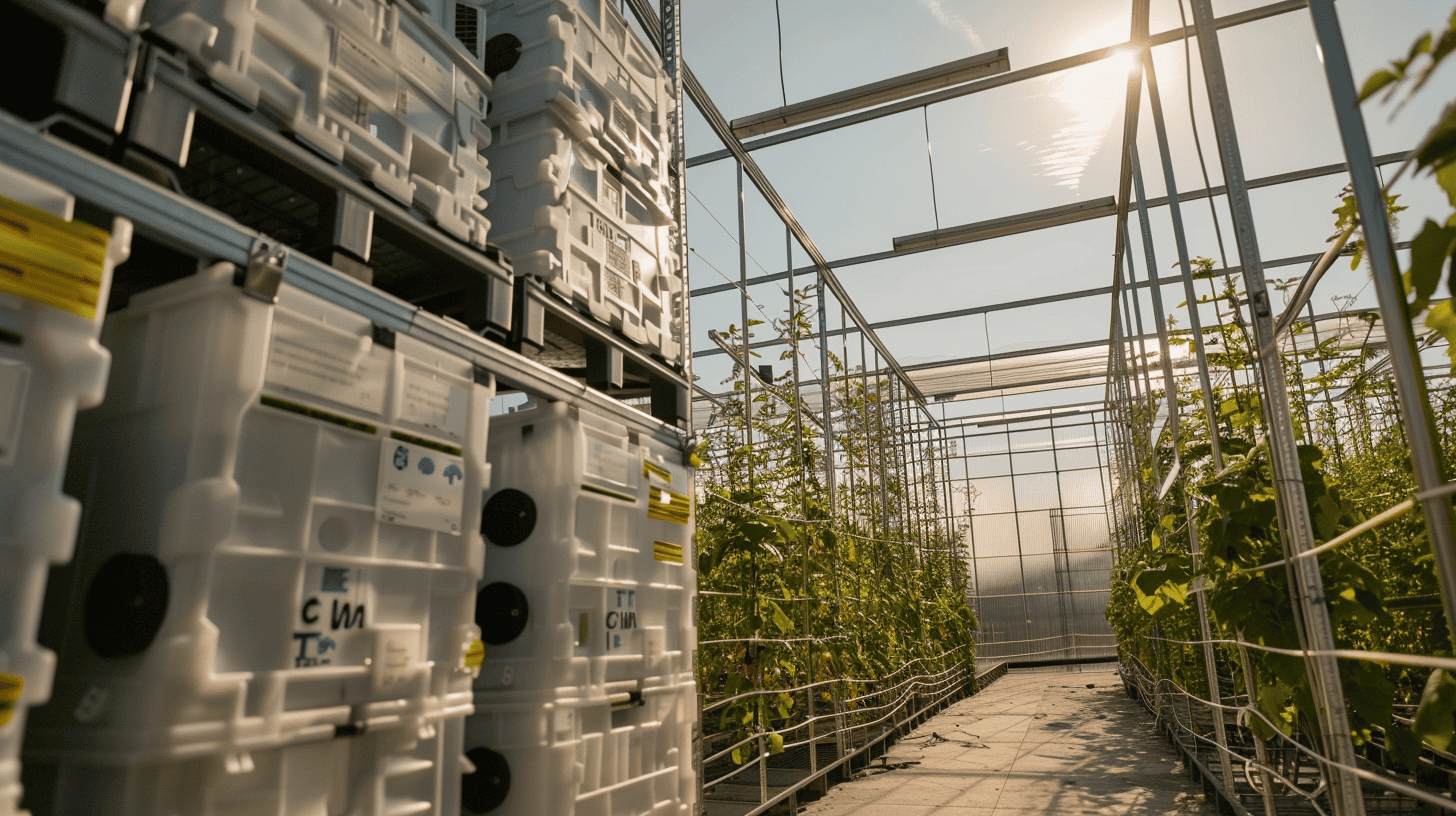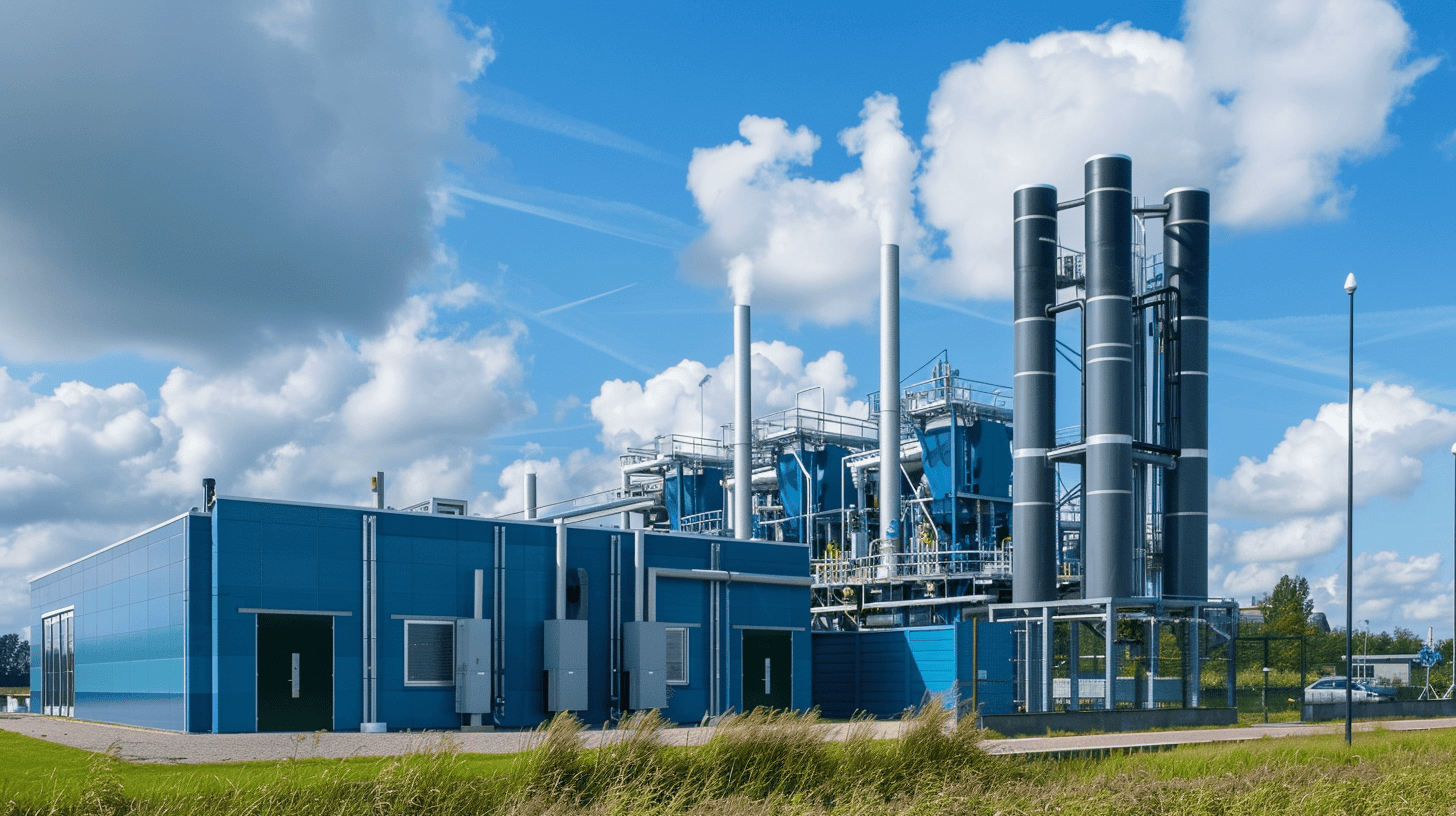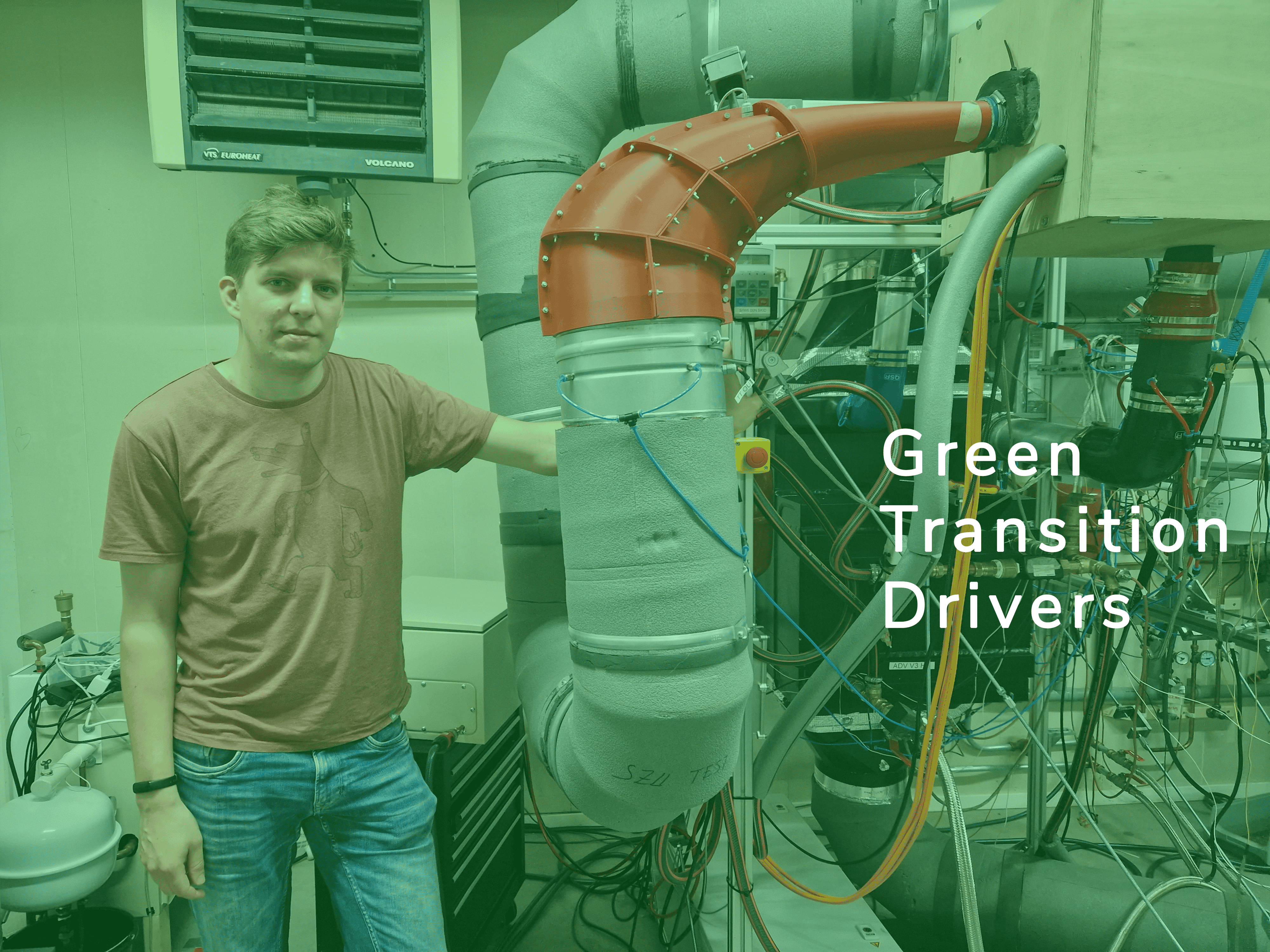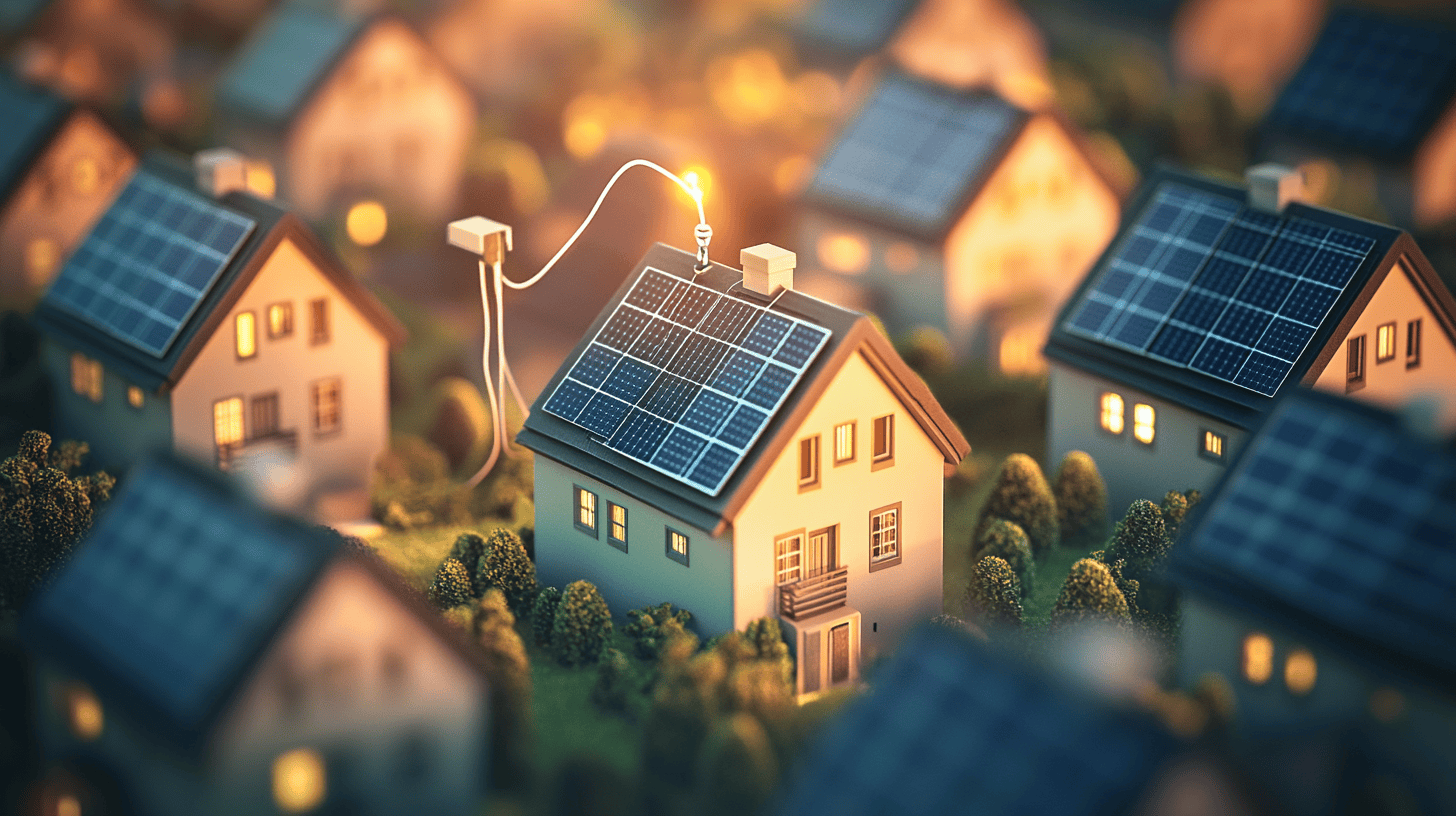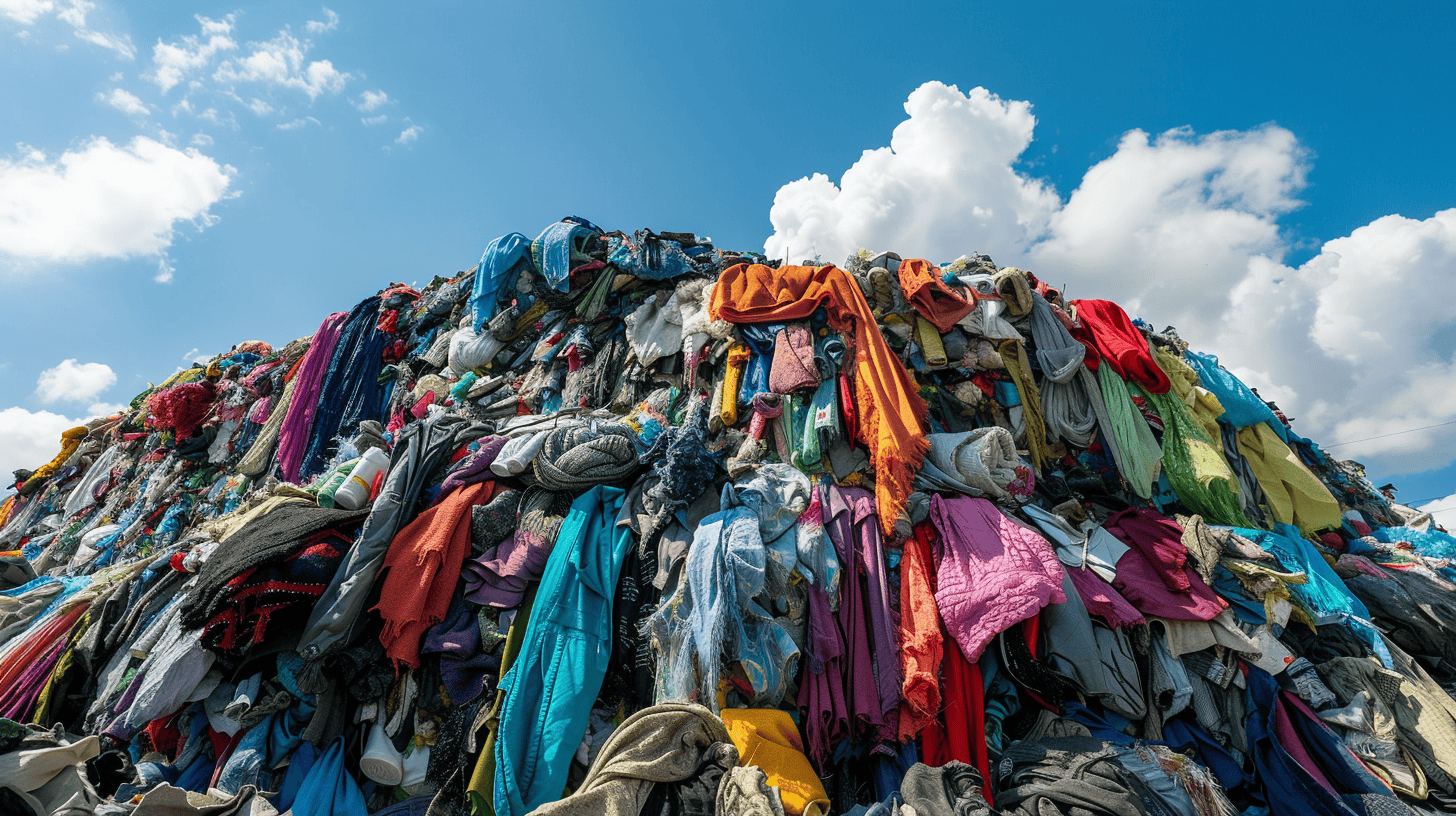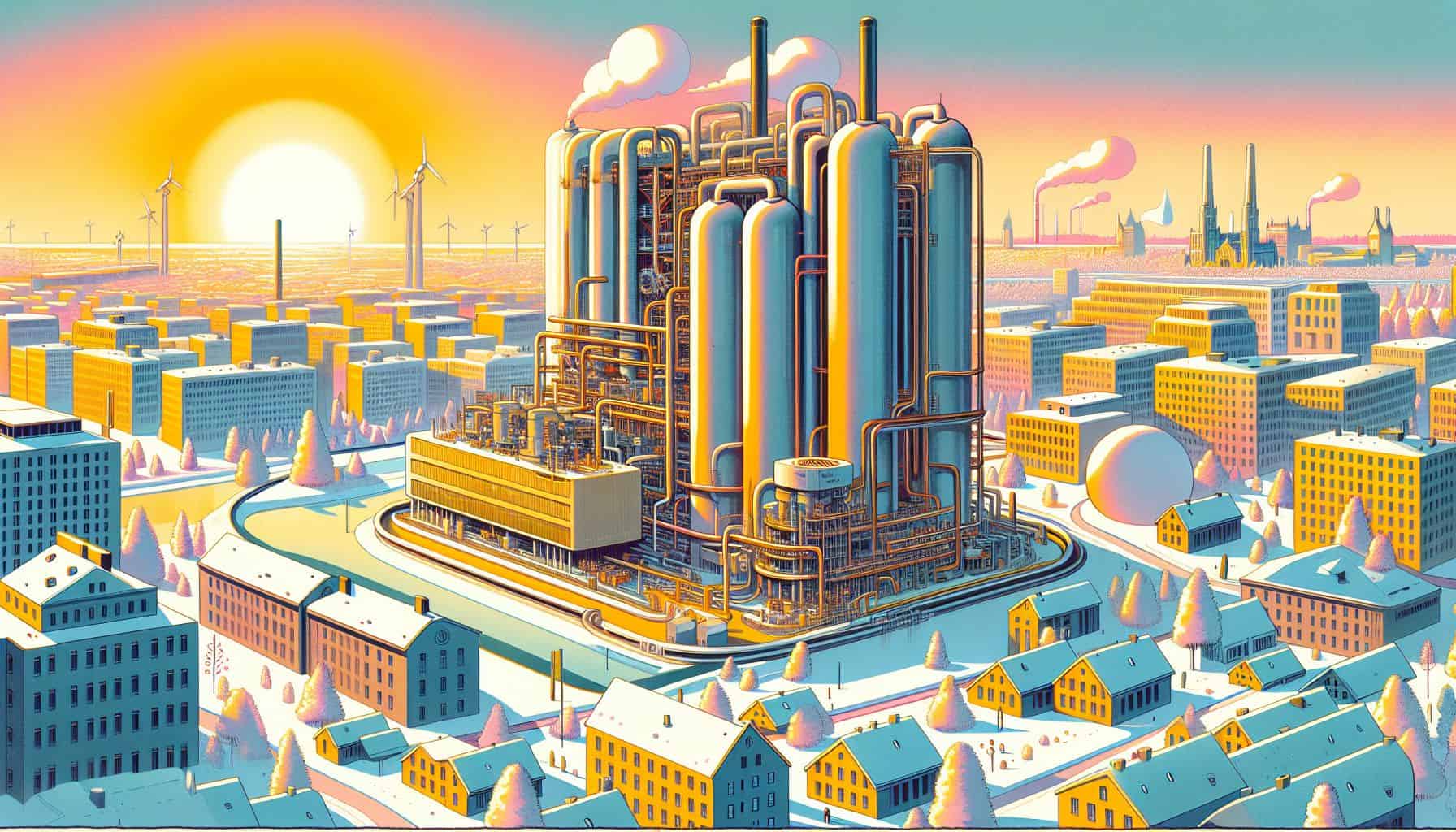
The vision of Finland’s capital, Helsinki, is to become carbon-neutral by 2030. In this endeavor, it is set to launch the world’s largest air-to-water heat pump. The 33 MW unit by MAN Energy Solutions aims to reduce the city’s CO2 emissions by a staggering 56,000 tons annually. It will provide eco-friendly warmth to 30,000 homes, even during the harshest Finnish winter, using renewable power. With energy subsidies from the Finnish government, the plant is expected to begin operating in the 2026-2027 heating season, setting a global precedent for urban heating solutions.
Heat pumps function by transferring thermal energy from one location to another. They can extract heat from the air, even in cold environments, and amplify it for domestic heating purposes. This process provides heating in winter by drawing warmth from outside to inside a building and, conversely, cooling in summer by moving indoor heat outdoors. The system begins with the evaporation of a refrigerant liquid when it absorbs heat from the surrounding air. The resulting gas is then compressed, raising its pressure and temperature. Afterward, the heated gas transfers its energy into a building’s central heating or hot water system, completing the cycle.
Integration with renewable energy
The Helsinki project stands out for its scale and environmental foresight. Utilizing a CO2-based refrigerant, the pump can deliver heat at temperatures up to 90°C. This capability is crucial for integrating with intermittent renewable energy sources like solar and wind. The system will provide 200 GWh of energy annually, significantly lowering carbon emissions by about 26,000 tonnes.
Electricity for the heat pump is expected to be sourced from renewable energy. This shift from fossil fuel-based to green energy sources aligns with Helsinki’s broader environmental goals. The heat pump is designed to work efficiently even at temperatures as low as -20°C, ensuring reliable heating for Helsinki’s residents throughout the winter months.

Advancing Helsinki’s climate goals
Helsinki’s commitment to a carbon-neutral future is embodied in this heat pump project. The Finnish capital is on a well-charted course to achieve its climate neutrality goal by 2030. With urban district heating projects leveraging climate-neutral technologies, cities like Helsinki are leading the charge against carbon emissions. The introduction of this heat pump, therefore, is a significant step in this journey.
MAN Energy Solutions’ CEO, Uwe Lauber, expressed pride in supporting Helsinki’s climate goals. The company’s technology is expected to be pivotal in decarbonizing Helsinki’s district heating system. By harnessing ambient air and renewable energy for heat generation, the heat pump stands as a beacon of sustainable innovation.
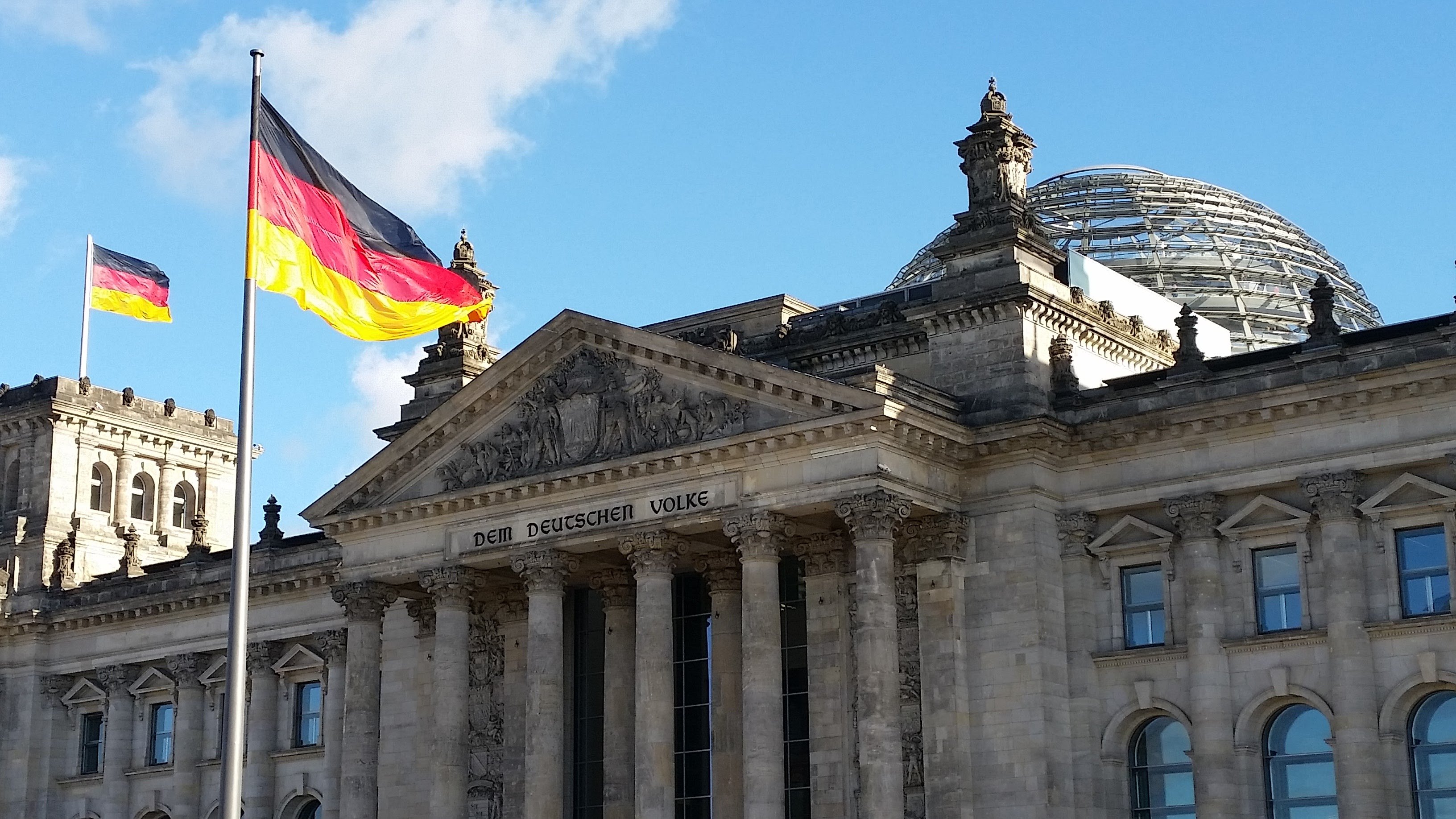
Economic and environmental benefits
The heat pump is not only a win for the environment but also for the local economy. MAN Energy Solutions and local energy company Helen Oy underlined the potential for more stable energy prices for customers, as the production can be easily adjusted. This flexibility is precious, given the fluctuations in energy production from renewable sources such as solar and wind power.
Moreover, the project promises to deliver both short-term and long-term economic benefits. The Finnish government’s energy subsidy is a testament to its commitment to renewable energy infrastructure. This support, coupled with the heat pump’s operational efficiency, underscores the economic viability of transitioning to sustainable heating solutions.



